Because this behavior doesn't seem to be present in a 'normal' plot call, this looks like an internal bug with the creation of the axes objects by plotyy. As one alternative, you can stack multiple axes on top of each other and therefore utilize the 'default' (for lack of a better word) zoom behavior. This approach also allows you to fully control the behavior of both axes independently and avoid the seemingly many foibles of plotyy.
I've slightly adapted one of my previous answers as an example for this situation.
% Sample data
x = 1:10;
y1 = 1:2:20;
y2 = 1:0.5:5.5;
% Create axes & store handles
h.myfig = figure;
h.ax1 = axes('Parent', h.myfig, 'Box', 'off');
if ~verLessThan('MATLAB', '8.4')
% MATLAB R2014b and newer
h.ax2 = axes('Parent', h.myfig, 'Position', h.ax1.Position, 'Color', 'none', 'YAxisLocation', 'Right');
else
% MATLAB 2014a and older
ax1position = get(h.ax1, 'Position');
h.ax2 = axes('Parent', h.myfig, 'Position', ax1position, 'Color', 'none', 'YAxisLocation', 'Right');
end
% Preserve axes formatting
hold(h.ax1, 'on');
hold(h.ax2, 'on');
% Plot data
plot(h.ax1, x, y1, 'b');
plot(h.ax2, x, y2, 'g');
linkaxes([h.ax1, h.ax2], 'x');
And a sample image:

Note that I've only linked the x, but you can link both x and y axes with the linkaxes call.


